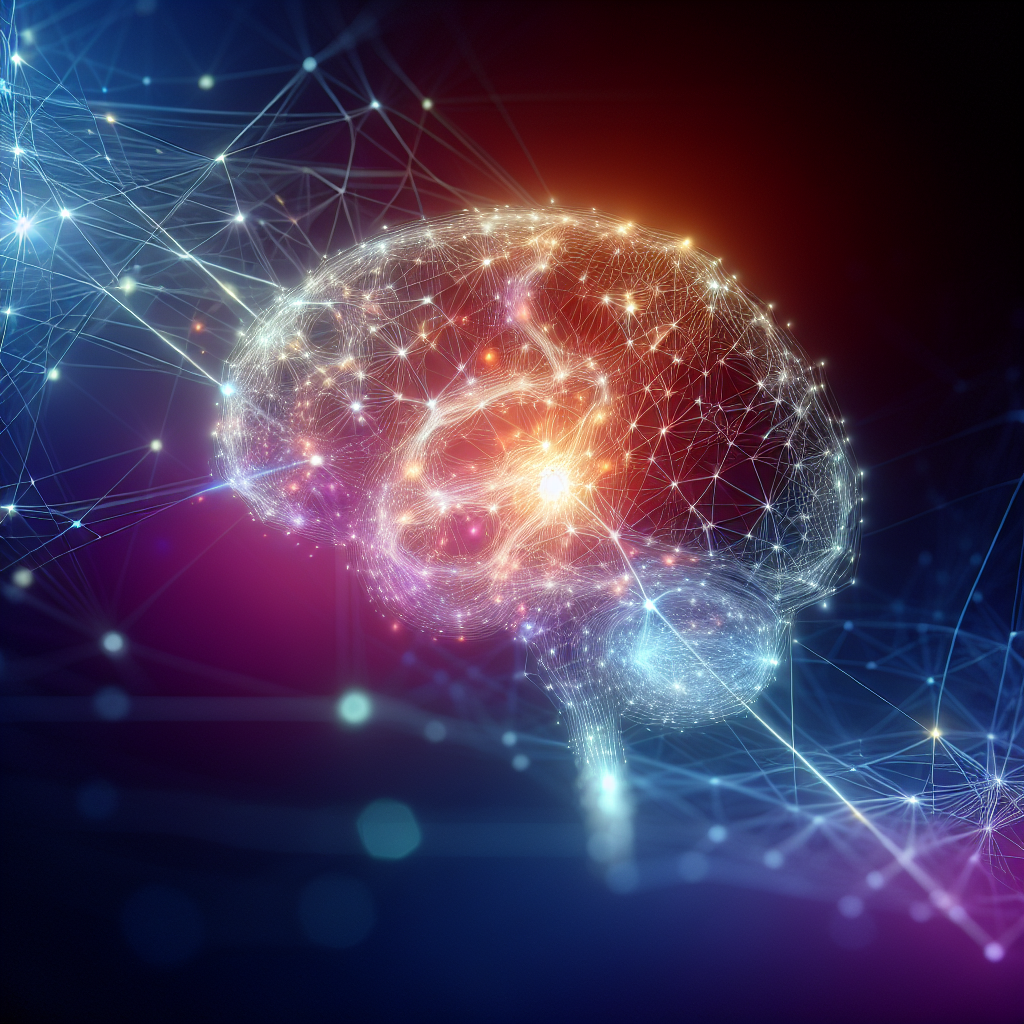Introduction to Neural Networks
Neural networks, a cornerstone of artificial intelligence, are making significant strides in mimicking human intelligence and behaviors. This technology, which replicates the neural structure of the human brain, enables machines to learn from data and improve over time, offering groundbreaking applications across various industries.
How Neural Networks Mimic Human Behavior
At their core, neural networks are designed to recognize patterns in data. They achieve this through layers of nodes, or “neurons,” which process inputs and generate outputs based on learned data. These networks adjust their internal parameters, known as weights, during a training phase using a method called backpropagation. This process is akin to how humans learn from experience, gradually improving their ability to perform tasks by adjusting their approach based on feedback.
Recent advancements in this field have seen neural networks becoming increasingly adept at tasks that require human-like understanding, such as natural language processing, image recognition, and even driving autonomous vehicles. For instance, IBM’s research into neural networks has led to systems that can not only recognize speech but understand its nuances, making interactions with AI more natural and intuitive.
Challenges and Ethical Considerations
Despite their potential, neural networks face significant challenges, particularly in terms of ethics and bias. The data used to train these networks can often contain biases, which the AI then inadvertently learns and perpetuates. Organizations like the ACLU have raised concerns about how these biases could impact decision-making in critical areas such as employment, law enforcement, and lending.
Moreover, as these technologies become more complex, the “black box” problem—where it’s unclear how the AI made a particular decision—becomes more prominent. This opacity can be problematic, especially in sectors where transparency is crucial, such as healthcare or criminal justice.
Future of Neural Networks
Looking forward, the potential of neural networks is boundless. Innovations like deep learning and reinforcement learning are pushing the boundaries of what AI can achieve. Industry leaders and academics continue to explore new architectures and training methods that could make these systems even more efficient and less biased.
As we stand on the brink of what some call the “AI revolution,” the role of neural networks in our daily lives is only expected to grow. Whether this leads to an era of unprecedented technological synergy or a new set of challenges remains to be seen.
As neural networks continue to evolve, their increasing integration into daily technology promises significant advancements but also poses important ethical questions. The balance between leveraging their capabilities and managing their impact will be crucial.


